Solutions
Wyatt Technology™ provides the essential techniques for characterizing macromolecules and nanoparticles in solution, to determine molar mass, size, charge, and interactions.
What's the solution to characterizing your macromolecules or nanoparticles in solution?
Browse these topics to learn more about the physical properties measured, experimental techniques supported, classes of analytes studied or the users served by Wyatt instruments.
 Molar Mass or Molecular Weight
Molar Mass or Molecular Weight
Multi-Angle static Light Scattering (MALS) measures molar mass directly, in solution. Combined with a fractionation technique like Size Exclusion Chromatography (SEC) or Field-Flow Fractionation (FFF), MALS determines absolute molar mass distributions—independent of elution time and as the molecule exists in solution.
 Charge/Zeta Potential
Charge/Zeta Potential
Molecular charge and nanoparticle zeta potential are core properties of a solute and a solvent, relevant to colloidal stability, chemical modifications and other key qualities.
 Interactions
Interactions
Biomolecular interactions are key to understanding a host of phenomena ranging from structure-function relationships and biotherapeutic activity through stability and aggregation.
 Conformation
Conformation
Shape, structure or conformation of macromolecules and nanoparticles are analyzed quantitatively via MALS, differential viscometry, and DLS.
 Conjugation
Conjugation
The combination of MALS, UV and refractive index (RI) detection with SEC, plus ASTRA's Conjugate Analysis algorithm, offers the solution to the characterization of conjugated macromolecules.
 CG-MALS
CG-MALS
Composition-Gradient, Multi-Angle static Light Scattering (CG-MALS) is a powerful technique for characterizing a wide range of biomolecular interactions, label-free and immobilization-free. CG-MALS determines binding affinity, absolute stoichiometry, equilibrium and kinetics of simple or complex interactions.
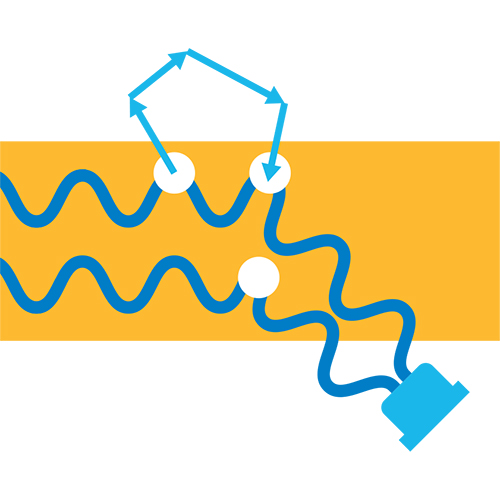 DLS
DLS
Widely used in biochemistry, biotechnology and pharmaceutical development, Dynamic Light Scattering (DLS) is popular wherever the size and size distributions of macromolecules and nanoparticles need to be measured quickly and easily. Wyatt offers high-throughput, automated DLS as well as conventional formats.
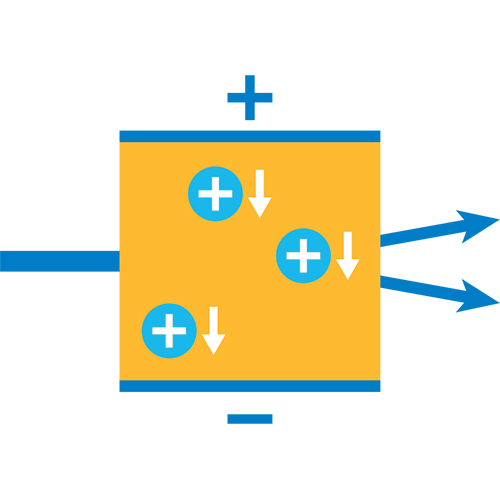 ELS
ELS
Important for evaluating colloidal stability and physiological function of nanoparticles and complex biomolecules, Electrophoretic Light Scattering (ELS) quantifies a particle’s motion in response to an electric field. In combination with DLS, ELS determines the particle’s electrophoretic mobility, surface charge and zeta potential.
 Real-Time MALS
Real-Time MALS
Whereas MALS is traditionally used in the analytical laboratory, it can also be utilized to develop, monitor and control production processes for nanoparticles, biopharmaceuticals and polymers. (RT-MALS) determines weight-average molar mass (Mw) and z-average rms radius (Rg). RT-MALS is used in PAT environments to indicate a process endpoint or flag deviations from acceptable product attribute values.
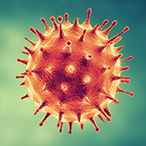 Vaccines
Vaccines
Wyatt’s suite of solutions are used across vaccine discovery, development, production and quality control and analyze critical vaccine attributes, including: molar mass and size, viral physical titer and nucleic acid content, aggregation, and thermal and colloidal stability.
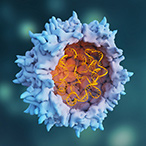 Gene Therapy
Gene Therapy
Dynamic light scattering (DLS) and multi-angle light scattering (MALS) coupled to separation technologies (SEC-MALS, FFF-MALS) reveal molar mass and size, aggregation, physical titer, empty:full ratio and stability of gene vectors.
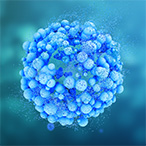 Biotherapeutics
Biotherapeutics
Light scattering technologies assist at each stage of the biotherapeutic R&D pipeline, with uniquely versatile technologies for biophysical screening and characterization, from target and candidate discovery to selection, optimization, purification, and formulation.
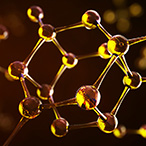 Polymers
Polymers
A DAWN™ MALS detector and Optilab™ dRI detector work together to determine distributions of absolute molar mass and size of natural or synthetic polymers independently of column calibration.
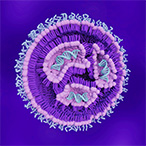 Nanoparticles and Lipid Nanoparticles
Nanoparticles and Lipid Nanoparticles
Size, composition, mass and zeta potential of nanoparticles and lipid nanoparticles can be analyzed via MALS, Dynamic Light Scattering (DLS), Field-Flow Fractionation (FFF) and Electrophoretic Light Scattering (ELS).
 Biopharmaceutical
Biopharmaceutical
Light scattering is used by biopharmaceutical companies in their R&D, Formulations, QC, and Manufacturing settings in compliance with FDA regulations.
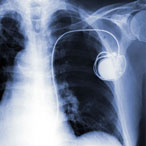 Medical Device
Medical Device
Wyatt's cutting edge technology has assisted R&D scientists worldwide to better characterize the molecular properties of materials that make up various implantable medical devices.
 Academic
Academic
Wyatt light scattering instruments are used for teaching and research at some of the most prestigious academic centers in the world.
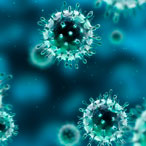 Government
Government
Wyatt instruments are used in U.S. government research laboratories, including the Centers for Disease Control (CDC), the National Institutes of Health (NIH) and various national laboratories affiliated with the Department of Energy


